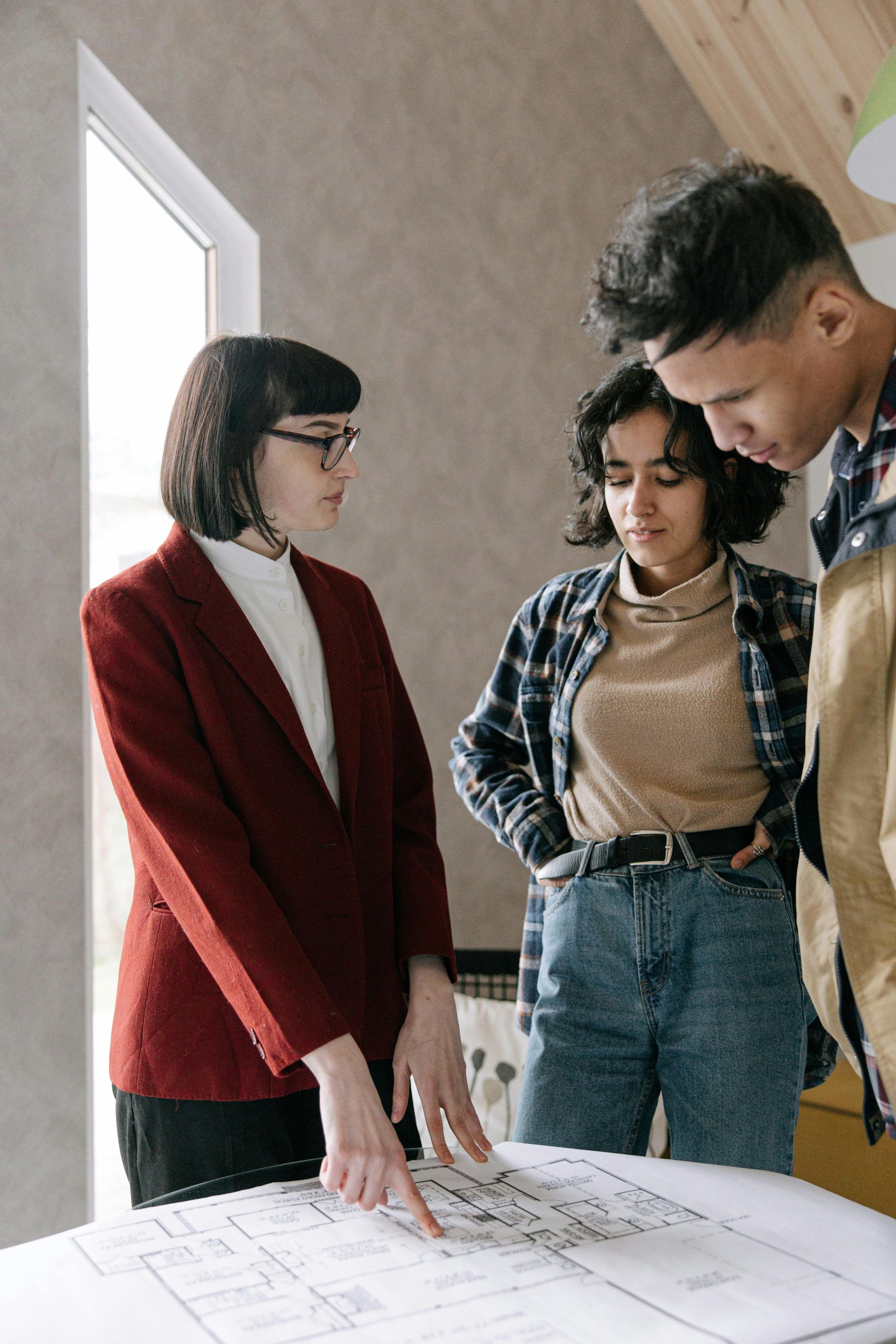Choosing the Perfect Background: Image vs. Gradient
Hello everyone,
Today, we’re diving into a design debate that affects the aesthetic of our pages: should we opt for a striking background image or a smooth gradient?
Let’s take a closer look at the options:
- Background Image – This approach can create visual interest and make a powerful statement, drawing visitors in with compelling visuals.
- Gradient – Conversely, gradients can provide a sleek and modern feel, offering a subtle yet stylish backdrop that complements content without overshadowing it.
What do you think enhances a page’s overall appeal more effectively? Do you have any recommendations or ideas that could further elevate our design?
Your insights are greatly appreciated!
Thank you for participating in this creative discussion.


2 responses to “Choosing Between Images and Gradients for Aesthetic Backgrounds”
Hello!
Thank you for sharing your question and the links to your backgrounds! The choice between a background image and a gradient can significantly influence the overall aesthetics and usability of your webpage, and both options come with their unique advantages.
Background Image vs. Gradient
Gradient: Gradients offer a modern and subtle aesthetic that can unify different page elements. They tend to work well as backgrounds because they are less distracting, allowing the focus to remain on your content. Moreover, gradients can be customized easily to align with your brand colors, creating a cohesive look.
Load Time and Responsiveness:
Gradient: Gradients are generally less demanding in terms of file size and load time. Additionally, they usually scale better across different device sizes, maintaining visual appeal on both mobile and desktop screens.
Contrast and Readability:
Suggestions to Enhance Page Appearance
Introduce overlays or translucent layers to add depth to your design. For instance, a gradient overlay on top of a background image can create a more sophisticated look.
Typography:
Experiment with fonts that complement your chosen background beautifully. This will not only enhance readability but also elevate the overall aesthetic. Consider using font weights and styles to create a hierarchy of information.
Button Styles:
Ensure that buttons stand out with solid contrasting colors or visually engaging styles, especially if you’re opting for gradients. Implement hover effects to make the interaction more engaging.
Consistency Across Pages:
Maintain a consistent background or color theme across different pages to create a seamless user experience. This helps in building a recognizable brand identity.
Consider User Experience (UX):
In conclusion, both backgrounds have their merits, and your decision should align with your overall design goals, loading speed considerations, and user experience principles. Taking a holistic approach by blending different design elements can yield remarkable results.
Feel free to share your thoughts or ask more specific questions! I’d love to help you further enhance your webpage.
Best regards!
This is a fantastic discussion topic! Both background images and gradients have their unique advantages, and the best choice often depends on the context of the website and its intended message.
Background images can definitely capture attention and convey strong emotions or narratives, which is especially valuable for websites that rely on storytelling or branding. However, it’s essential to choose images that are high-quality and align with the overall brand aesthetic; otherwise, they can become distracting or overwhelming.
On the other hand, gradients bring a modern, minimalist approach that can flawlessly highlight content without competing for attention. They are incredibly versatile and can be customized in endless ways, which allows designers to create unique looks that can fit various themes.
Additionally, mixing the two can sometimes yield incredible results. For example, using a gradient overlay on a background image can soften the visuals and enhance readability, striking a balance between impactful imagery and subtlety.
Ultimately, it would be great to also consider the emotional response you want to evoke in your visitors. Testing different options with your audience could reveal what resonates best, guiding you toward the most effective design choice. Looking forward to more insights on this!